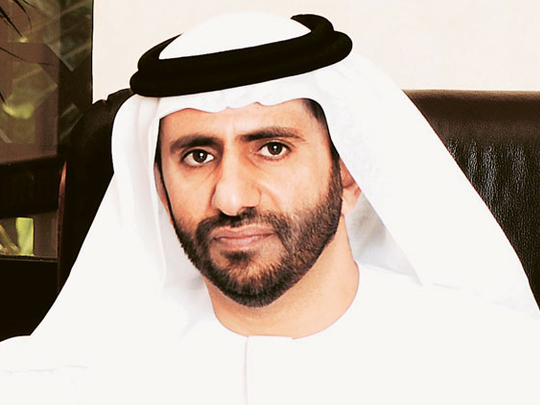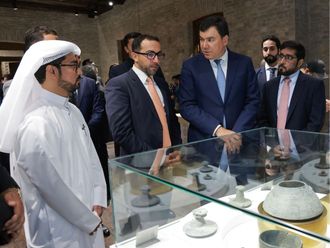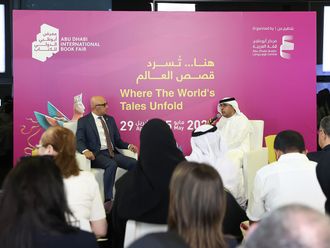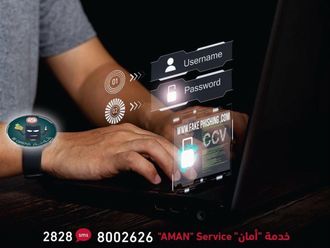
Our nation will experience a second round of democracy after the successful 2006 FNC elections, thanks to the aspirations of His Highness President Shaikh Khalifa Bin Zayed Al Nahyan and His Highness Shaikh Mohammad Bin Rashid Al Maktoum, Vice-President and Prime Minister of the UAE and Ruler of Dubai.
We should also not forget that at this time seven years ago, the architect of our nation, the late Shaikh Zayed Bin Sultan Al Nahyan, who devoted his entire life to his people, passed away. With every brick we add to the edifice of democracy, we give credit to this unique leader who realised that real investment lay in investing in a nation’s people.
Today, we are reaping what he planted: the election experience that demonstrates to the people of the UAE, and the world, how we can together contribute towards his dream of building an ideal, model nation.
The FNC elections 2011 will involve electronic voting instead of the traditional manual form of voting. This follows the success of the previous 2006 election which made the UAE the first country in the Arab world to successfully implement eVoting.
The National Election Commission (NEC) considers our FNC elections as eVoting since technology is employed throughout; starting from the procedures of identifying the voter to the stage of inputting, handling, organising and monitoring data, right to the counting of ballots and also electronically announcing the results.
Error margin
This system is also distinguished for being easy to use by voters and for being efficient and fast with a very small margin for error. In addition, the system provides accurate counting of votes and ensures complete confidentiality for voters. Other benefits include saving costs on manual counting, postal and shipping of ballot boxes as well as demonstrating our modern democratic image to the rest of the world. Even those voters who are not familiar with technology do not have any excuse, as NEC officials are on hand to give a demonstration. Inclusion of special needs and visually handicapped votes is also possible as NEC officials can assist such voters.
From a historical perspective, some forms of electronic voting appeared in the 1960s when the US used machines only to count the votes by counting the punched cards of voters.
Countries such as Brazil and India took electronic voting further when they used direct recording electronic voting systems (DRE) for casting and counting of votes in their 2000 and 2004 presidential and parliamentary elections respectively.
In India, the largest democratic nation in the world, over 370 million out of 675 million eligible voters used electronic voting in the last parliamentary elections in April 2004. This was a big test of credibility for eVoting. Similarly, Estonia and Switzerland used DRE and other remote eVoting systems using telephone, Internet and SMS, though Switzerland decided to discontinue with SMS in 2007 due to the lack of popularity and the need to make eVoting less complex.
Once again we prove to the world that we are a civilised country whose leaders do not hesitate to employ the latest technology to ensure the well-being of its people. It is to our glory that we are among the few countries in the world that went through the eVoting experience as a step towards the era of “electronic democracy”, by naturally benefiting from our robust technological infrastructure and of our successful eTransformation experience.
There are many commonalities between eGovernment and the democracy approach including concepts such as transparency, justice, good governance and integrity, since electronic channels do not favour one person over another. The results of our eVoting experience should be carefully studied so that such experiences could be further developed in the future. To ensure greater inclusion, we may even want to consider remote eVoting as a solution for Emiratis who wish to vote, but are out of the country.
The writer is Director-General, Dubai eGovernment.












